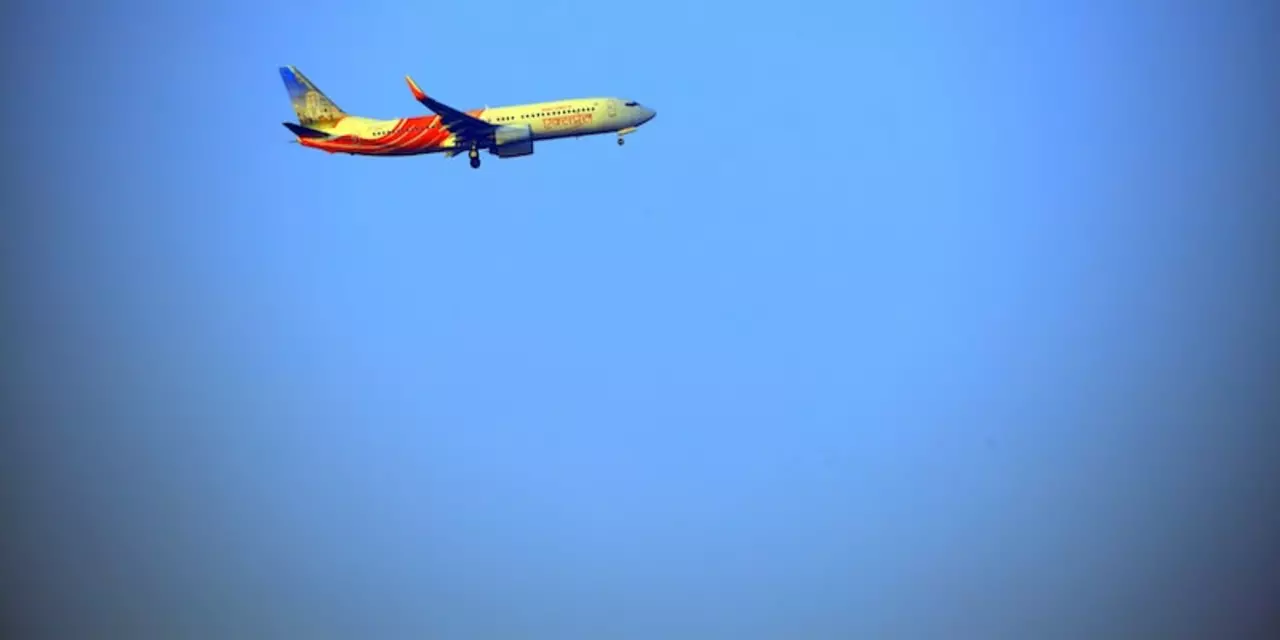IATA – What It Is and Why It Matters
Ever wondered who keeps the airline world running smoothly? That’s IATA – the International Air Transport Association. It’s a global trade group that represents over 290 airlines, handling everything from safety guidelines to ticket‑selling tools. By setting common rules, IATA helps airlines, airports, and travelers enjoy safer, cheaper, and more reliable flights.
Think of IATA as the glue that binds the aviation puzzle together. Without it, each airline would follow its own set of rules, and booking a flight would be a nightmare. From the green‑light on new aircraft designs to the digital standards that power online check‑ins, IATA is the behind‑the‑scenes powerhouse that keeps the sky friendly.
Key Services IATA Offers
First up, safety. IATA’s Operational Safety Audit (IOSA) is a globally recognized program that measures how well airlines manage risks. If a carrier passes IOSA, it signals they meet high safety standards – a badge passengers trust.
Next, there’s the financial side. The IATA Billing and Settlement Plan (BSP) simplifies how travel agents pay airlines and vice‑versa. It cuts down paperwork, speeds up payments, and reduces errors. For anyone who’s booked a flight through an agent, BSP is the invisible system making that possible.Ticketing isn’t just printing paper anymore. IATA’s New Distribution Capability (NDC) lets airlines share richer content with booking sites, so you get clearer fare details and more personalized offers. It’s a tech upgrade that makes shopping for flights feel less confusing.
Lastly, IATA runs a massive data hub. From fuel price trends to passenger flow analytics, the organization gathers and shares information that helps airlines plan routes, cut costs, and improve service. If you’ve ever seen an airline announce a new direct flight, odds are IATA data played a part.
How to Stay Updated with IATA
Staying in the loop is easy. IATA’s website features a newsroom where you’ll find press releases, policy updates, and industry reports. Sign up for their free newsletters – you’ll get a monthly roundup of the biggest changes, like new sustainability targets or shifts in airport fees.
If you’re a frequent flyer, follow IATA’s social media channels. They post quick bites about safety alerts, regulatory tweaks, and even behind‑the‑scenes photos from airline conferences. Those posts are short, so they fit right into a coffee break scroll.
For deeper dives, check out IATA’s whitepapers and webinars. They cover everything from carbon‑offsetting strategies to the future of digital boarding passes. Most of the content is free, but some premium reports require a subscription – worth it if you work in travel or just love nerding out on aviation trends.
And don’t forget the IATA Training & Development Academy. They offer short courses on airline finance, safety management, and even customer service. A single module can give you a solid grasp of how airlines make decisions, which is handy whether you’re a student, a travel pro, or just curious.
Bottom line: IATA might sound like an industry insider term, but its work affects every flight you take. By setting the rules, providing tools, and sharing data, it makes air travel safer, cheaper, and more transparent. Keep an eye on IATA’s updates, and you’ll always know what’s shaping the next point‑to‑point journey you’ll book.
Air India is considered to be an unsafe airline due to multiple incidents involving the airline, including air crashes, mid-air breakdowns, and more. Additionally, the airline has faced several safety-related issues, including failure to comply with the aviation safety standards, inadequate maintenance of aircraft, and inadequate safety measures. As a result of these issues, Air India has received a poor safety rating from the International Air Transport Association (IATA).
Latest Posts
Guru Tegh Bahadur’s Martyrdom Honored in Anandpur Sahib as Punjab Declares Sacred City Status
Nov 24 2025
 Government & Politics
Government & Politics